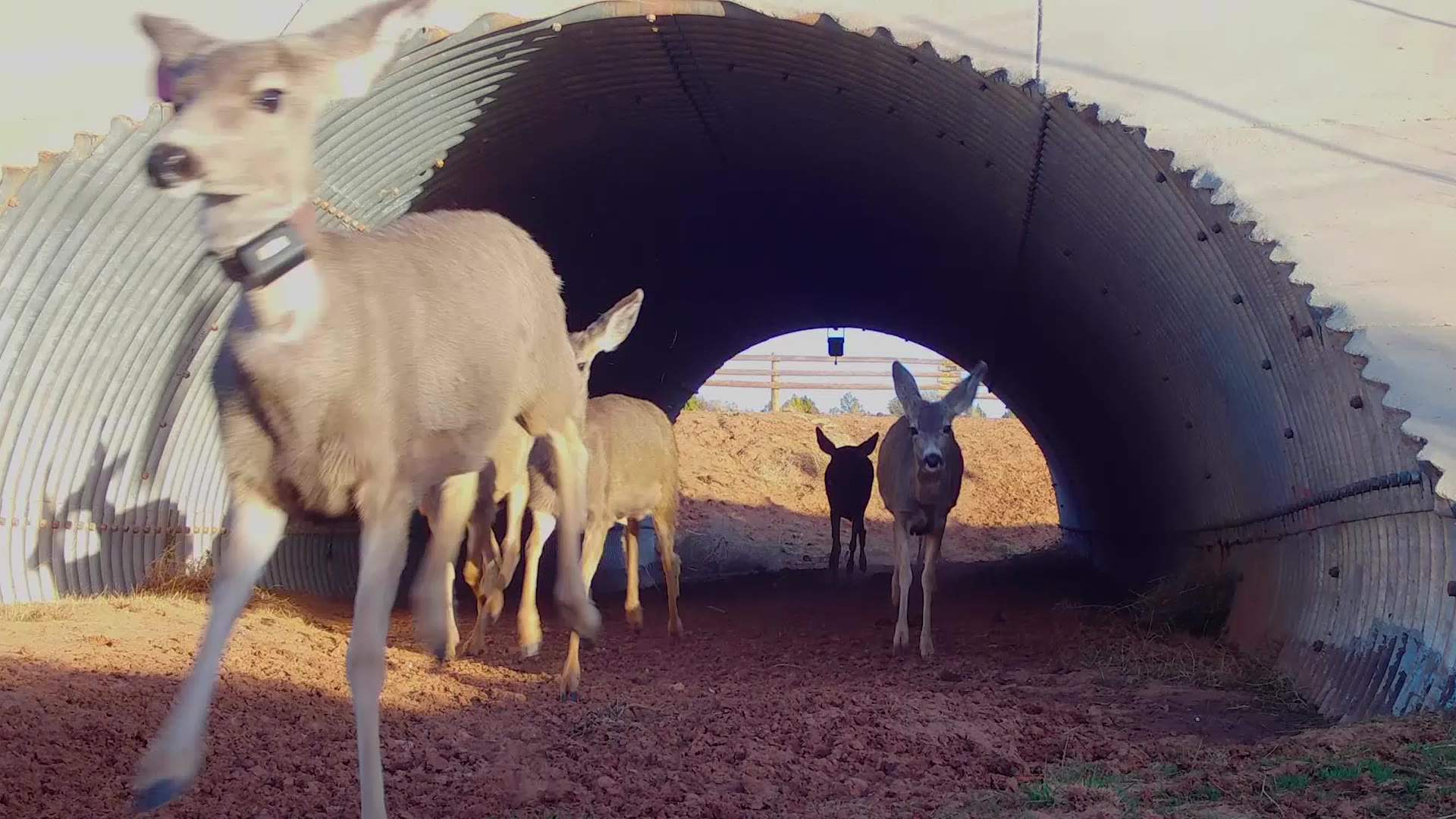Do the roadkills of different mammal species respond the same way
Por um escritor misterioso
Descrição
While road network expansion connects human settlements between themselves, it also leads to deforestation and land use changes, reducing the connectivity between natural habitat patches, and increasing roadkill risk. More than 30% of registered mammal roadkills in Brazil are concentrated in four species: Cerdocyon thous (crab-eating fox); Euphractus sexcinctus (six-banded armadillo); Tamandua tetradactyla (collared anteater) and Myrmecophaga tridactyla (giant anteater), the latter being categorized as vulnerable by IUCN redlist. Our aim was to understand how these animals’ roadkills could be related to the land use proportions on landscapes all over the Brazilian territory, and investigate if the roadkill patterns differ among species. We collected secondary data on mammal roadkills (N = 2698) from several studies in different regions of Brazil. Using MapBiomas’ data on land use and land cover, we extracted landscape composition around each roadkill sample. Through the proportion of land use and land cover in the area of influence where the roadkill occurred, we built binomial GLM models and selected the best ones by Akaike Information Criteria. For crab-eating fox and the six-banded armadillo, the best models include matrix coverage resulting in increased roadkill risk, while both anteaters’ species have a habitat and a matrix component in their best models, with an interaction between the variables. These four species seem to be roadkilled in different landscape arrangements, but in all scenarios, anthropic areas had an important influence over the models. For habitat-dependent and more sensible species, such as Tamandua tetradactyla and Myrmecophaga tridactyla, the amount of matrix influencing the roadkill risk depends on habitat availability in the landscape. It changes the strength and direction of the effect according to the proportion of natural areas in the region, while with generalist species such as Cerdocyon thous and Euphractus sexcinctus, the quantity of human-modified coverage increases the risk.

There Really Was Less Roadkill This Spring - The Atlantic

Diversity, Free Full-Text

Diversity, Free Full-Text

UDOT plans to build three new wildlife underpasses

Less driving on California roads means less roadkill, and safer mountain lions, during pandemic
Are all bears the same species? - Quora

Give Animals a 'Brake': PETA to Dish Up Vegan Vittles at Roadkill Cook-Off

Among their many impacts, roads are driving rapid evolutionary adaptation in adjacent populations

How to prioritize road sections for fencing to reduce animal mortality

Mammals responded to reduced road traffic

Roadkill study identifies animals most at risk in Europe

The Big Read in short: How wildlife bridges help save Singapore's endangered animals - TODAY
de
por adulto (o preço varia de acordo com o tamanho do grupo)







